The Ownership Dilemma

Ready to transform your data strategy with cutting-edge solutions?
Hey There!
Hope you had a good read of the introductory blog of this series of Making sense of Cloud. If not, go here to start
We did a role play to understand the kind of issues an IT transformation project faces during its journey from inception to implementation to growth.
In this blog, we are going to figure out answer(s) to the question :
"How does the Cloud help reduce Total Cost of Ownership of the IT infrastructure?"
In the world of IT, the term TOC or Total Cost of Ownership is very commonly used term when it comes to estimating the full cost of implementing a given digital transformation project.
Read more about TCO here and reflect a bit on your own experience
If you think a bit more about TCO, it appears similar to the scenarios below :
You are not an avid car enthusiast with limited travel needs. What should be your best decision?
Buy a car straight away or take car on rent for your sporadic travel needs?
When you get pizza cravings would you go to the grocery store to purchase all raw materials, come back home and prepare the pizza painstakingly or simply ordering a pizza on a food delivery app?
The idea of Cloud computing is similar to the above 2 scenarios presented. Every cloud service provider is going to provide you a catalog of services available off the shelf which you can rent out and pay only for what you use.
This means the below :
Somebody else owns the machines
Somebody else takes the responsibility of maintenance
No need to hire expensive staff
Overall reduction in TCO. You own the process, not the infrastructure
Wow! Looks like this is exactly what we we wanted
So, is cloud that magic pill that kills your IT headache all together?
Well, as real as it gets, its not that straight forwarded.
There are several factors which come together to decide the level of dependency an organization would like to have on the Cloud providers.
Scenario 1 : A company having an app which generates humongous amount of data at high speeds would need to write their own distributed computing software and would only rent network connected, bare metal hardware hosted on a network of machines. Ex. Uber, Amazon, Twitter
Scenario 2 : A company having lot of regulations around security and sensitivity of data. Ex. Banks and Insurance companies. They simply can't put their databases on cloud straight away. They need to choose cautiously what applications they can host on cloud and what needs to stay on-premise
Scenario 3 :. New age startups who would happily go for cloud services which keeps their operating costs low. If that means hosting their entire application as well as data on remote servers, they are fine with it.
Considering the various kinds of dependency organizations would like to have on the cloud, leading service providers offer entire suite of services which could fit for most needs.
These offerings come under with the tags of SaaS, PaaS, IaaS etc.
In order to best make sense of the above jargons, I would like you to have a look at the below image and then head over to this article which explains which this brilliant analogy of pizza service.
Welcome back!
Hope, you can now connect to the 3 scenarios I presented before.
Traditional On-Premises set up is fast vanishing out of the IT landscape. Nobody likes to have large CAPEX (Capital Expenditure).
Companies like Uber, Amazon would be a great fit for IaaS as they'll mostly need ready, connected machines to build their solutions on
New age startups like Myntra, Dunzo etc. may also go for PaaS as they build working data and deployment pipelines using services directly from AWS, Azure or GCP.
SaaS is what these companies build using the cloud services. The startup themselves are Software offered as an app service. Ex, all commonly heard startup labels ex. Lyft, Uber, Byjus, Flipkart, Dunzo etc.
In short, cloud offers every kind of service which could accelerate your app building process by offering computing capability on demand.
However, its not just the computing which makes cloud service providers an appealing choice. There are a host of add-on services offered which takes away a lot of pain points in an enterprise set up.
Following are the pain points I was talking about :
Fault Tolerance : What if your on-premise set up is physically located at a single place? Any unwanted incident which causes disruption of the machines would lead to total black out of the application! In addition, back up & replication is another feature which cloud services provide to add resilience to the system
Global Scalability : Your startup got recently funded with Series B and you are seeing accelerating global demand. How do you ensure your app gives the same smooth experience from every corner of the planet. You would need services which could auto replicate and auto scale.
Enterprise grade Security : In today's world of frequent cyber attacks on systems and auditory compliances, organizations need to implement company wide authentication, authorization and license/certificate management systems. What if this is also offered by a cloud service provider?
To summarize, Cloud computing services offered today provide a complete 360 degree solutions to build, scale and maintain highly resilient applications by helping you optimize what part you own and what you use as a service on rent.
Psst!
There is a big hidden reason which not many relate to. The barriers to exit. For Cloud computing solutions, both the barrier of entry and exit is low. The day the business shuts down, all you need to do is to shutdown the cloud services, archive/delete and exit. No charges from the next day!
Ready to Experience the Future of Data?
You Might Also Like

Snowflake recommends 100–250 MB files for optimal loading, but why? What happens when you load one large file versus splitting it into smaller chunks? I tested this with real data, and the results were surprising. Click to discover how this simple change can drastically improve loading performance.
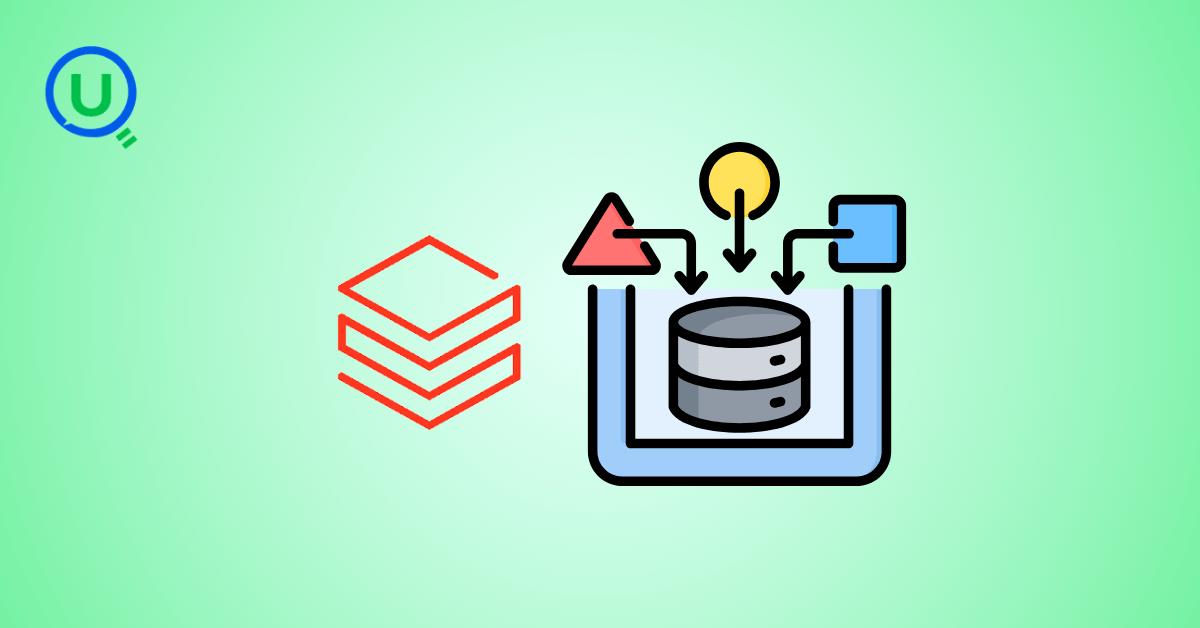
Master the bronze layer foundation of medallion architecture with COPY INTO - the command that handles incremental ingestion and schema evolution automatically. No more duplicate data, no more broken pipelines when new columns arrive. Your complete guide to production-ready raw data ingestion
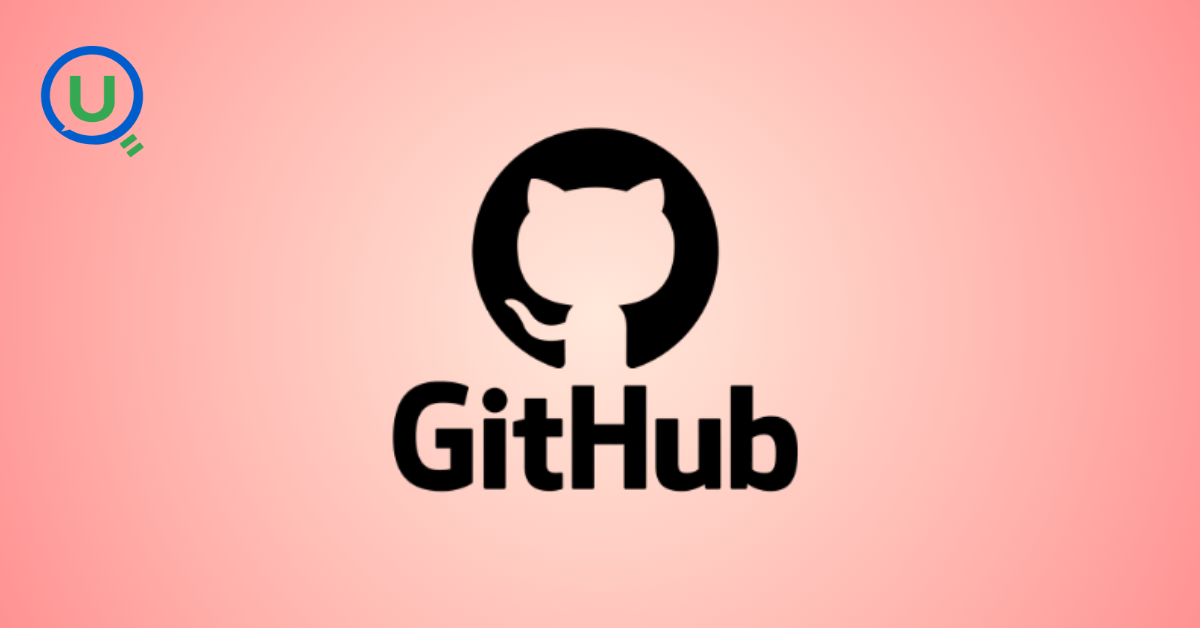
Learn Git and GitHub step by step with this complete guide. From Git basics to branching, merging, push, pull, and resolving merge conflicts—this tutorial helps beginners and developers collaborate like pros.

Discover how data management, governance, and security work together—just like your favorite food delivery app. Learn why these three pillars turn raw data into trusted insights, ensuring trust, compliance, and business growth.

A simple request to automate Google feedback forms turned into a technical adventure. From API roadblocks to a smart Google Apps Script pivot, discover how we built a seamless system that cut form creation time from 20 minutes to just 2.

Step-by-step journey of setting up end-to-end AKS monitoring with dashboards, alerts, workbooks, and real-world validations on Azure Kubernetes Service.
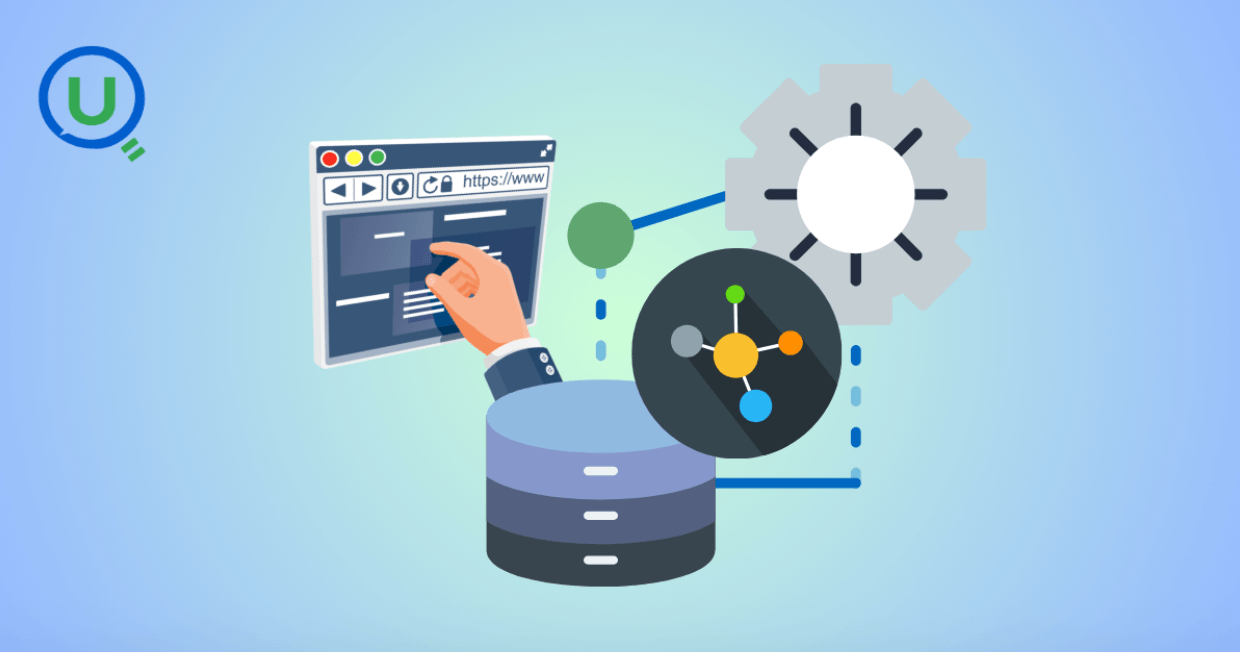
My learning experience tracing how an app works when browser is refreshed

This is the first in a five-part series detailing my experience implementing advanced data engineering solutions with Databricks on Google Cloud Platform. The series covers schema evolution, incremental loading, and orchestration of a robust ELT pipeline.
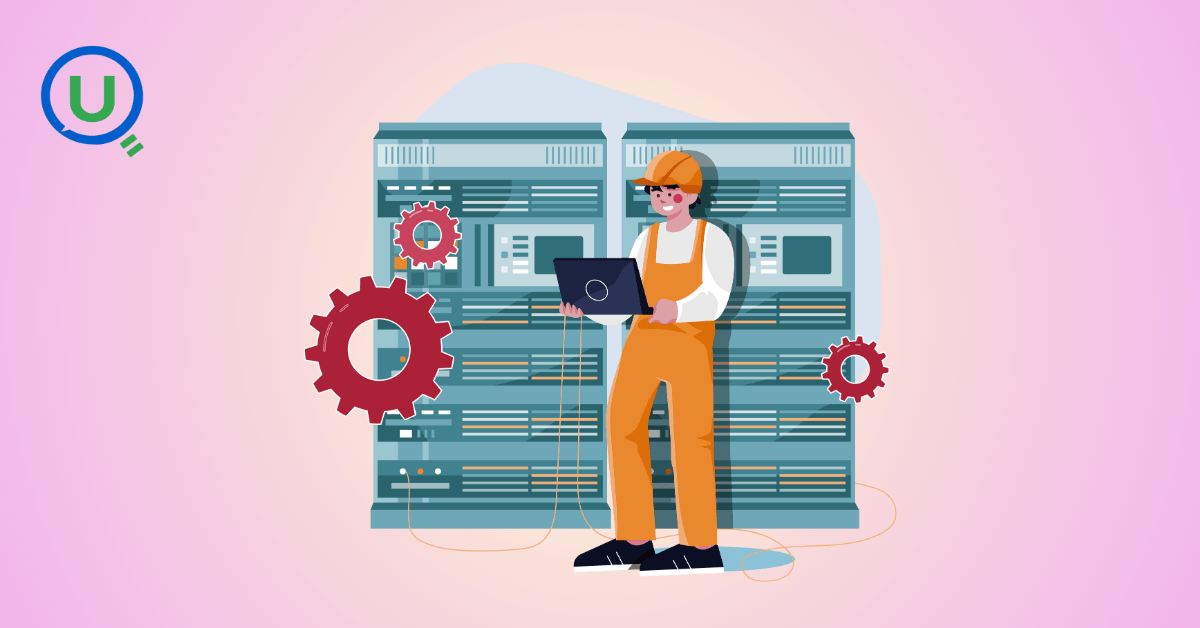
Discover the 7 major stages of the data engineering lifecycle, from data collection to storage and analysis. Learn the key processes, tools, and best practices that ensure a seamless and efficient data flow, supporting scalable and reliable data systems.
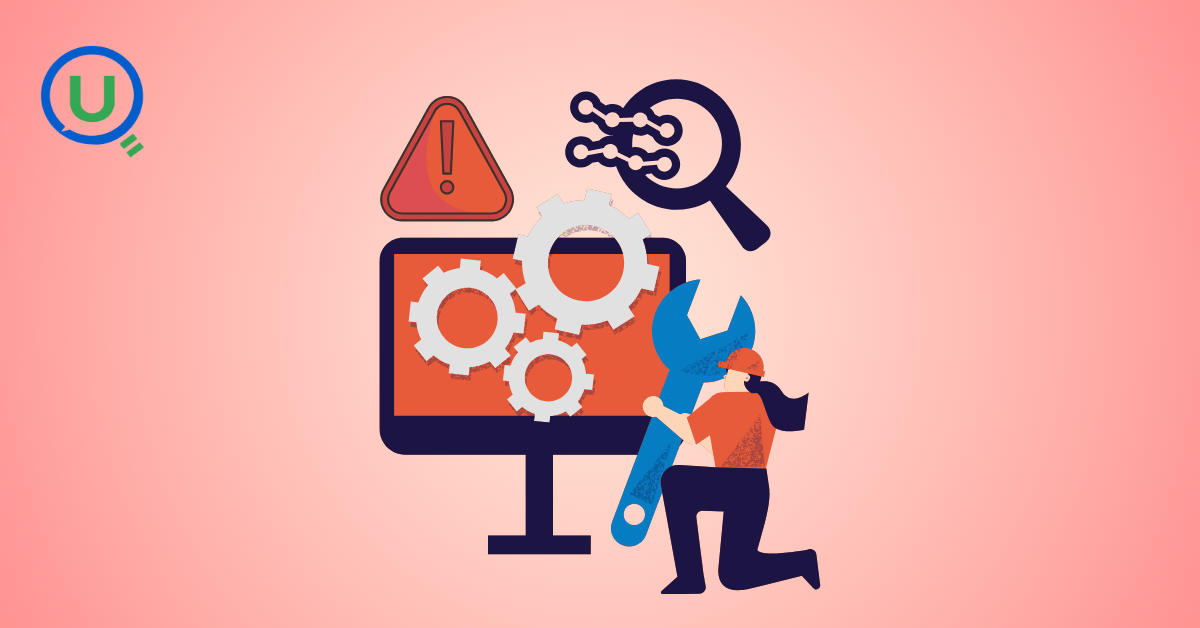
This blog is troubleshooting adventure which navigates networking quirks, uncovers why cluster couldn’t reach PyPI, and find the real fix—without starting from scratch.
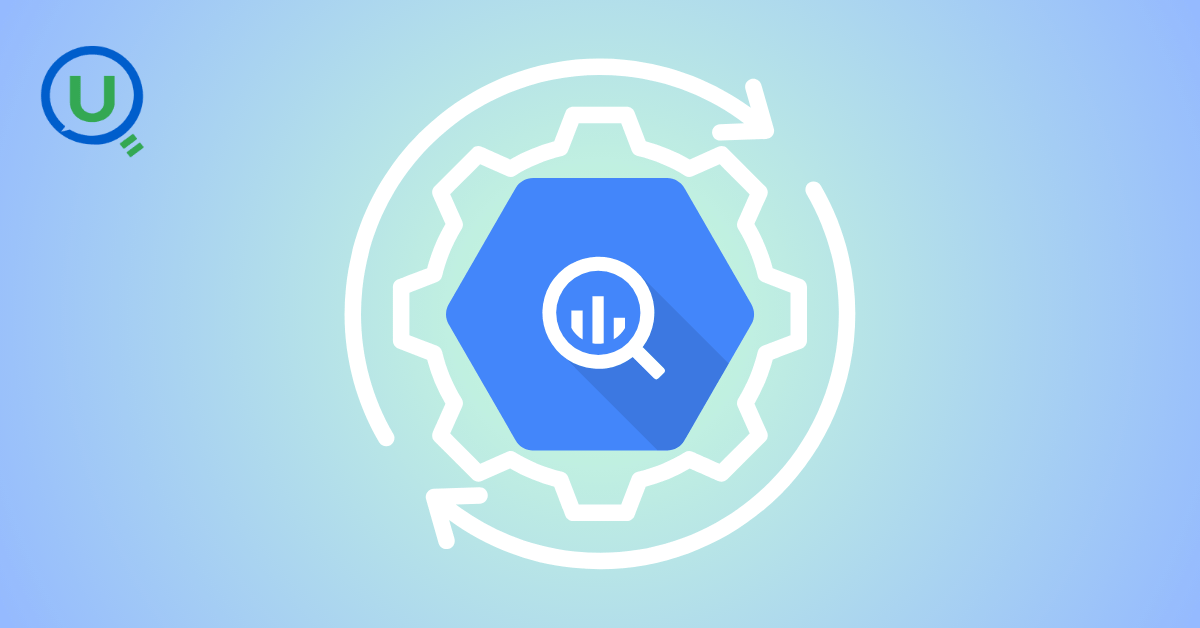
Explore query scanning can be optimized from 9.78 MB down to just 3.95 MB using table partitioning. And how to use partitioning, how to decide the right strategy, and the impact it can have on performance and costs.
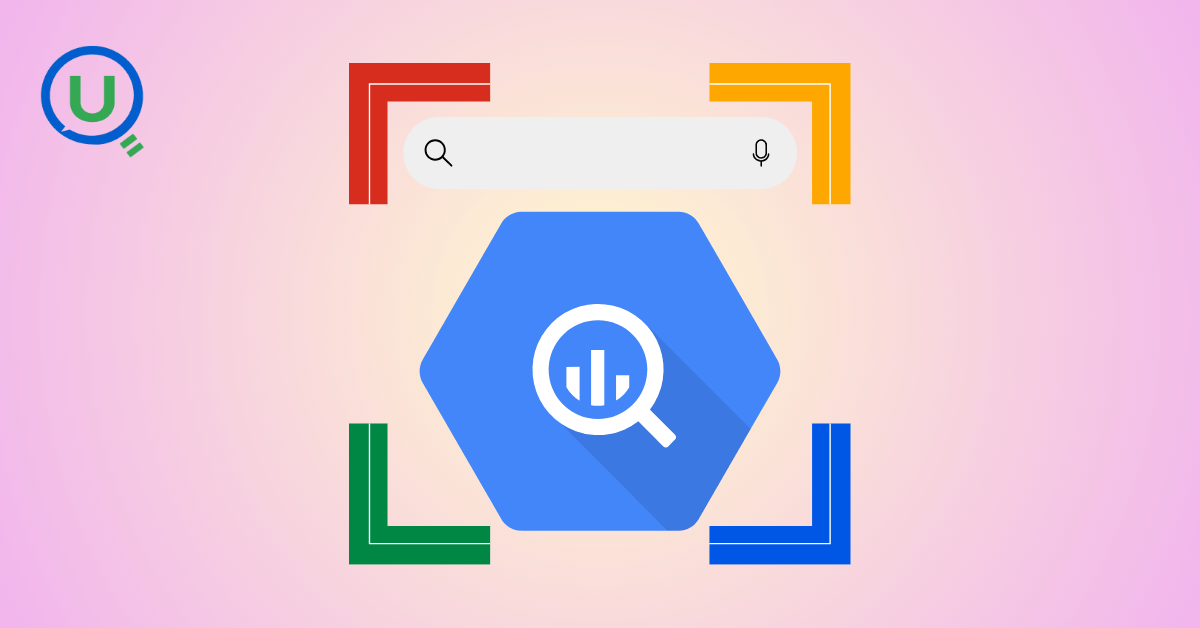
Dive deeper into query design, optimization techniques, and practical takeaways for BigQuery users.

Wondering when to use a stored procedure vs. a function in SQL? This blog simplifies the differences and helps you choose the right tool for efficient database management and optimized queries.

This blog talks about the Power Law statistical distribution and how it explains content virality

Discover how BigQuery Omni and BigLake break down data silos, enabling seamless multi-cloud analytics and cost-efficient insights without data movement.
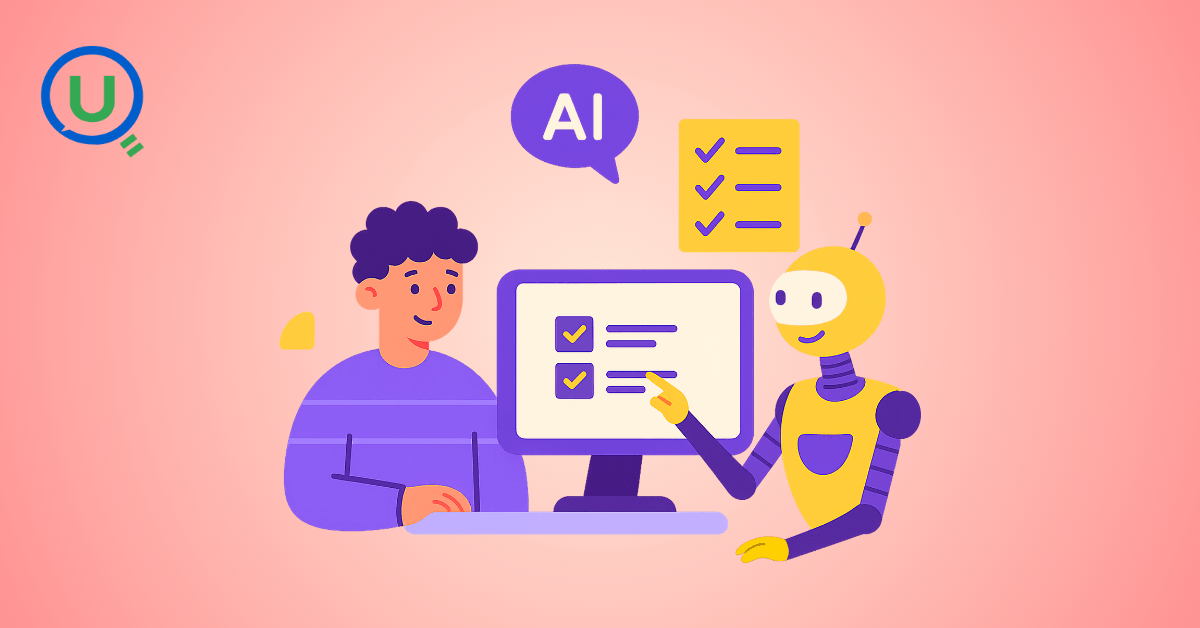
In this article we'll build a motivation towards learning computer vision by solving a real world problem by hand along with assistance with chatGPT
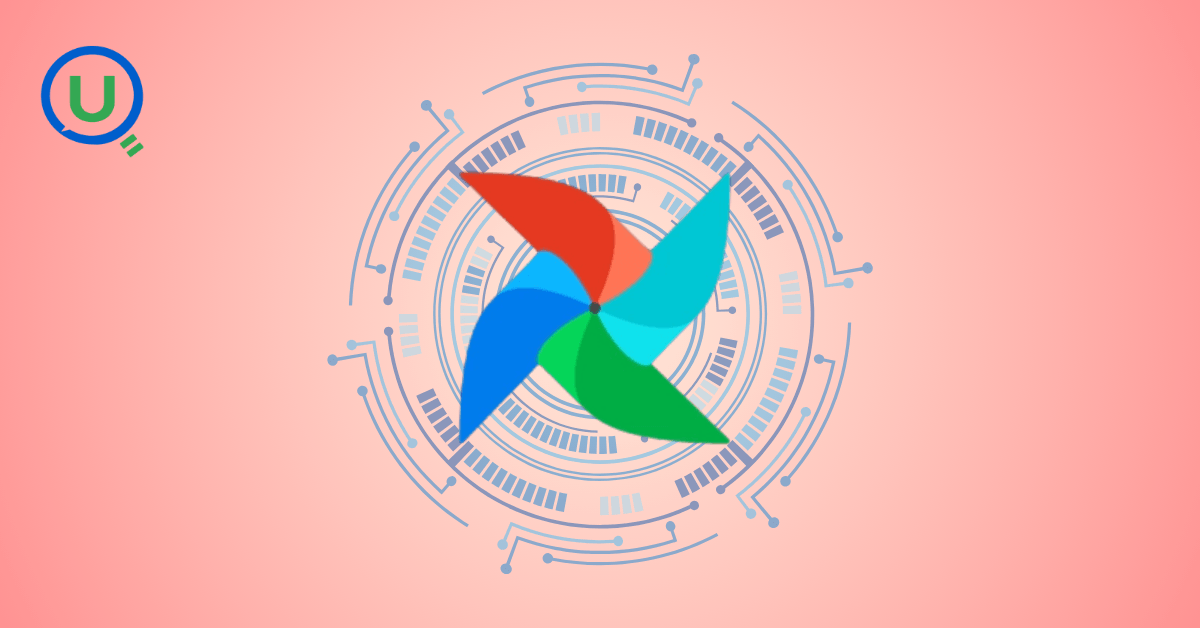
This blog explains how Apache Airflow orchestrates tasks like a conductor leading an orchestra, ensuring smooth and efficient workflow management. Using a fun Romeo and Juliet analogy, it shows how Airflow handles timing, dependencies, and errors.

The blog underscores how snapshots and Point-in-Time Restore (PITR) are essential for data protection, offering a universal, cost-effective solution with applications in disaster recovery, testing, and compliance.

The blog contains the journey of ChatGPT, and what are the limitations of ChatGPT, due to which Langchain came into the picture to overcome the limitations and help us to create applications that can solve our real-time queries
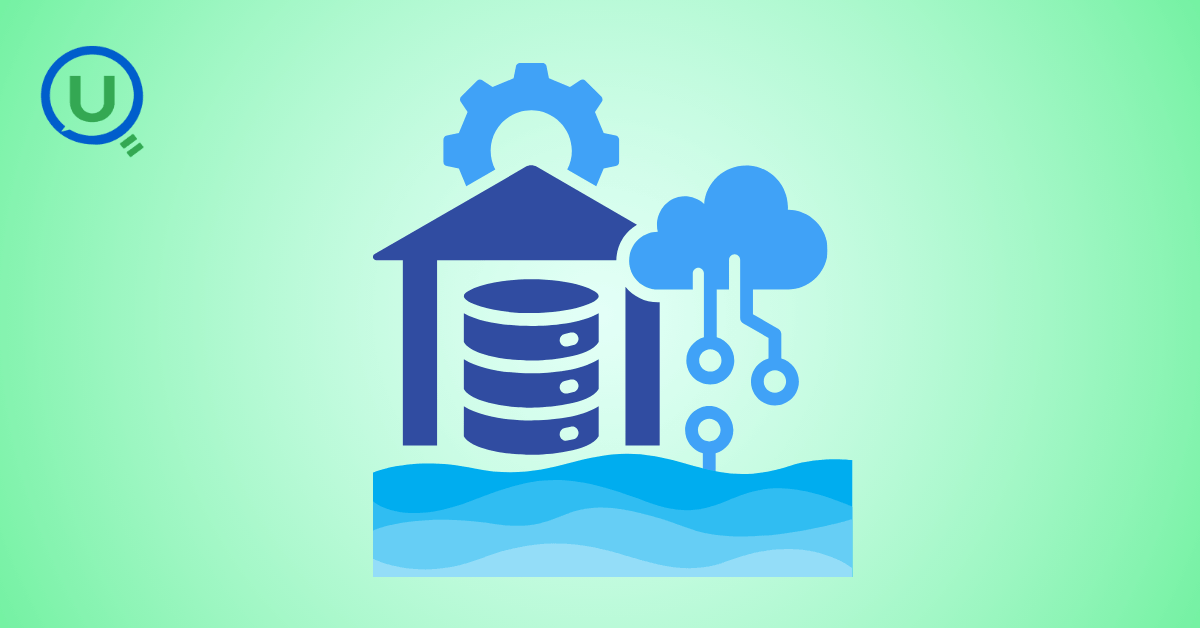
This blog simplifies the complex world of data management by exploring two pivotal concepts: Data Lakes and Data Warehouses.

An account of experience gained by Enqurious team as a result of guiding our key clients in achieving a 100% success rate at certifications
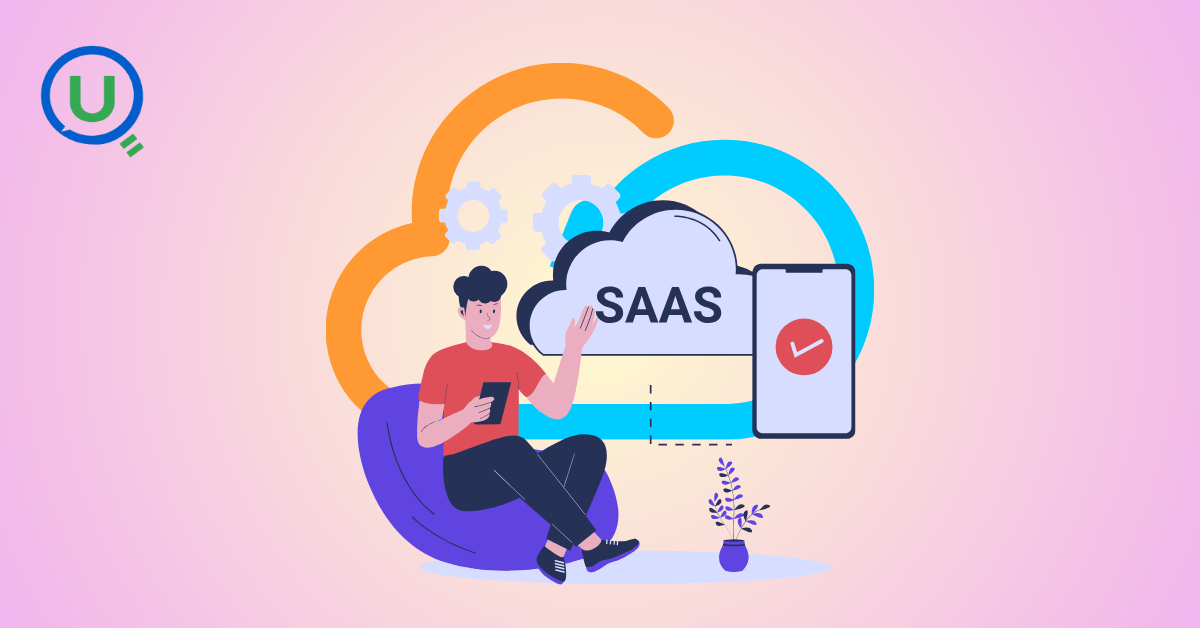
demystifying the concepts of IaaS, PaaS, and SaaS with Microsoft Azure examples
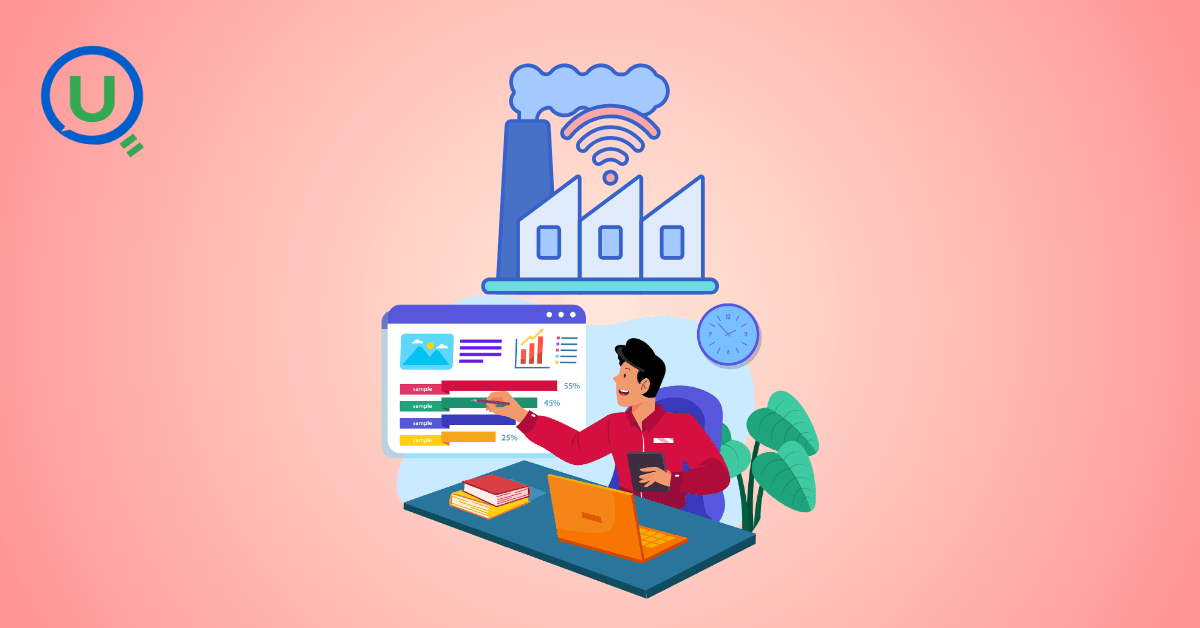
Discover how Azure Data Factory serves as the ultimate tool for data professionals, simplifying and automating data processes
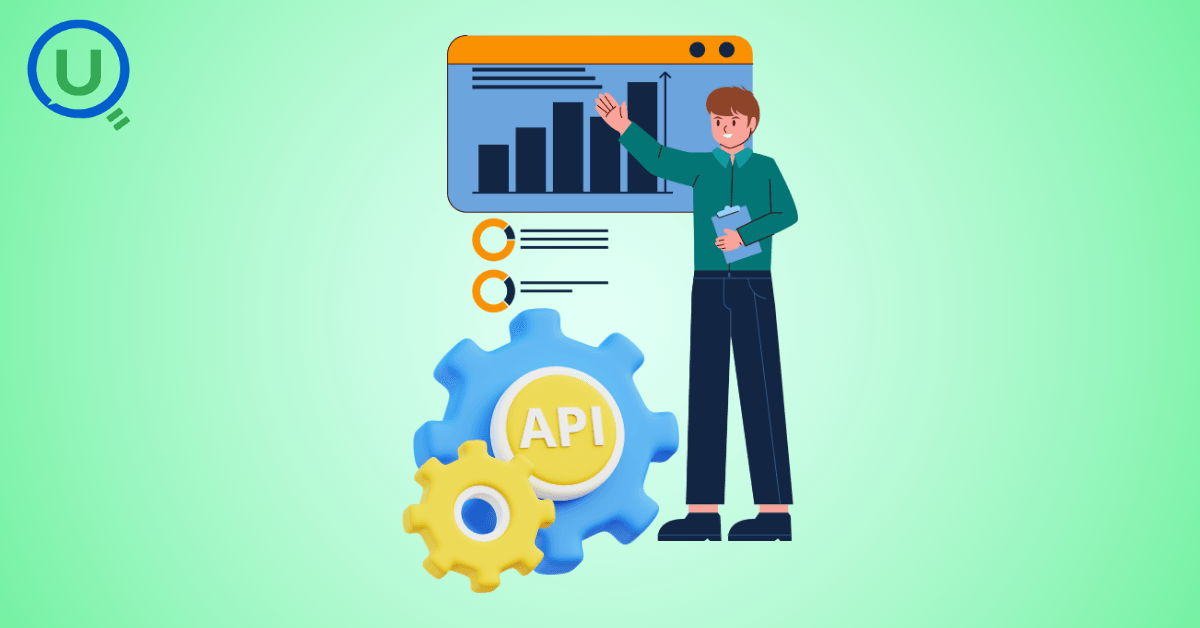
Revolutionizing e-commerce with Azure Cosmos DB, enhancing data management, personalizing recommendations, real-time responsiveness, and gaining valuable insights.
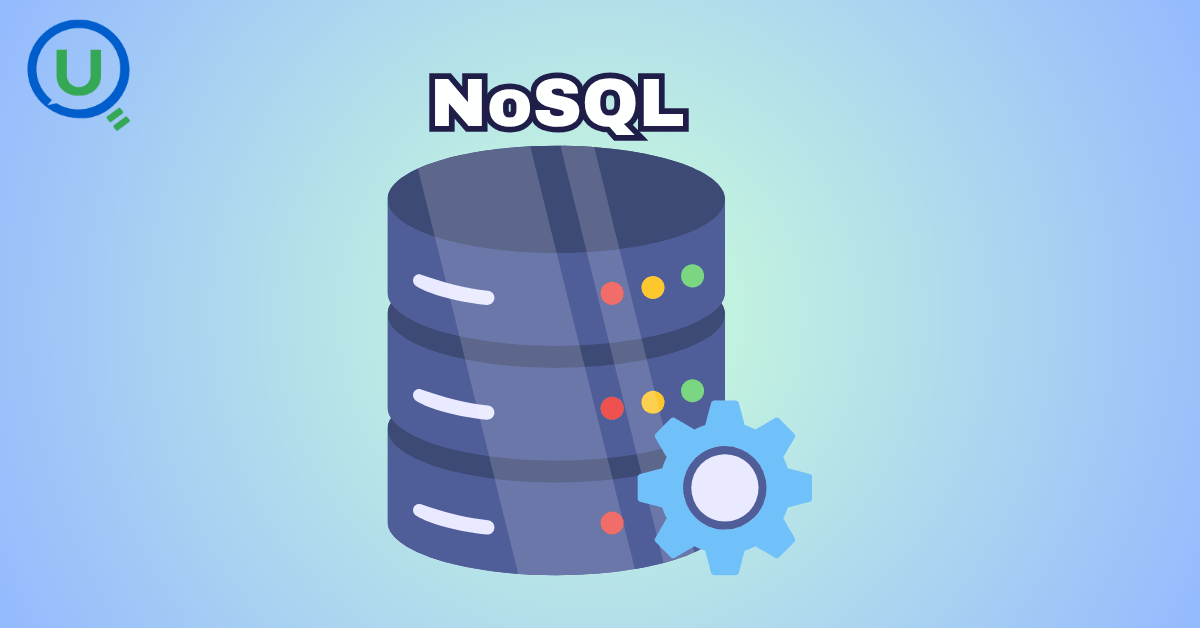
Highlights the benefits and applications of various NoSQL database types, illustrating how they have revolutionized data management for modern businesses.
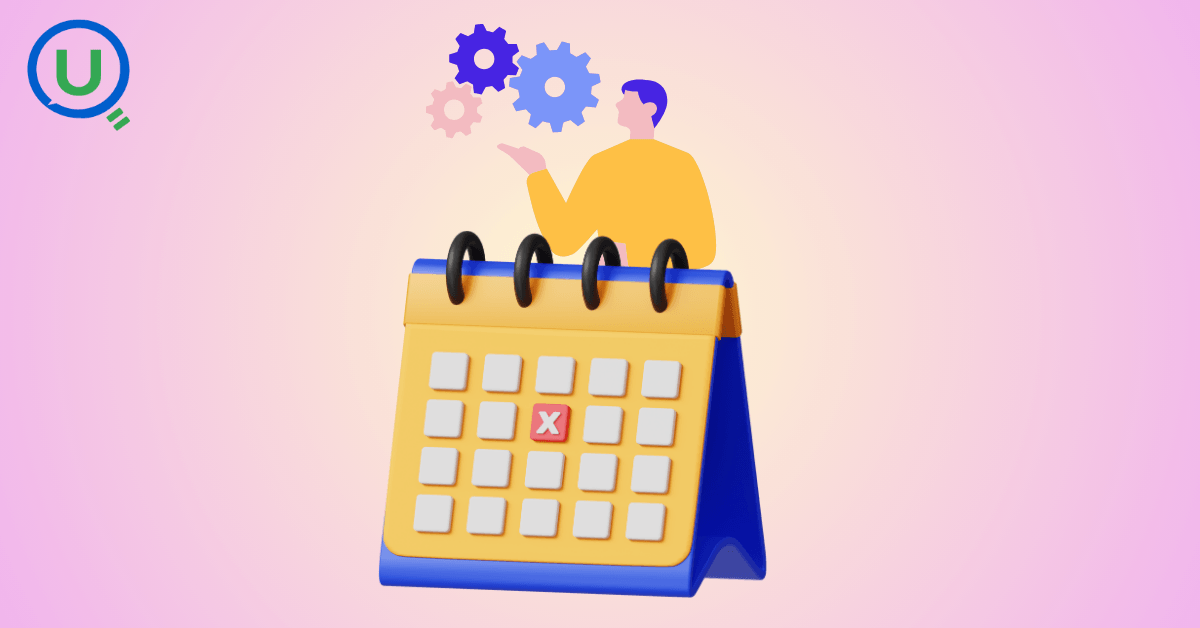
This blog delves into the capabilities of Calendar Events Automation using App Script.
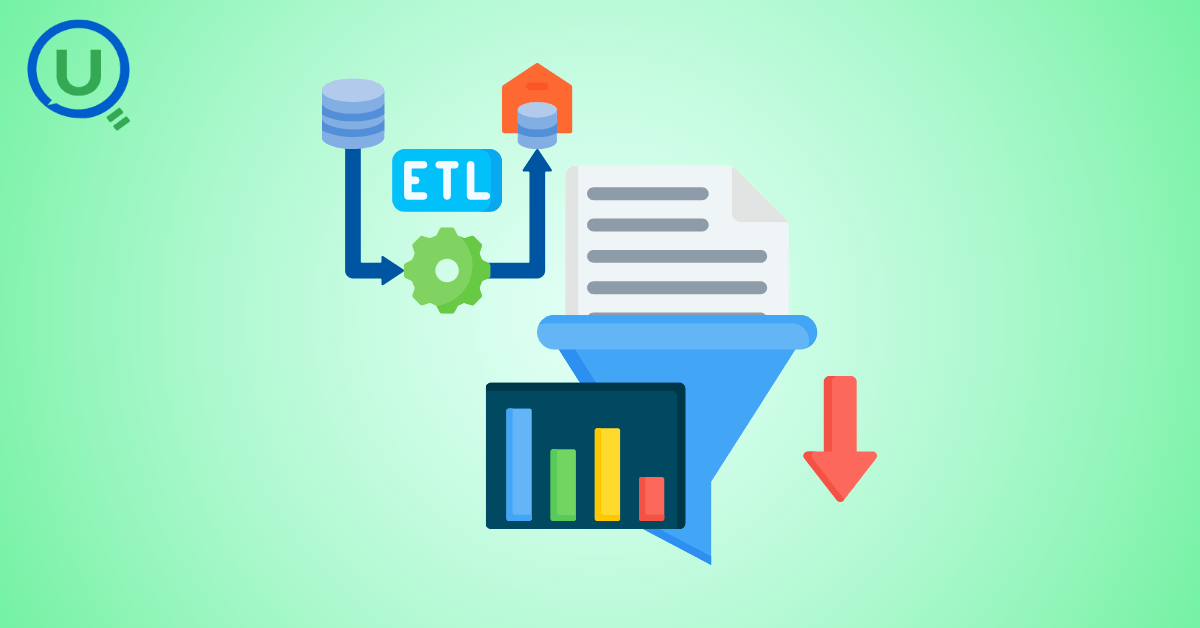
Dive into the fundamental concepts and phases of ETL, learning how to extract valuable data, transform it into actionable insights, and load it seamlessly into your systems.

An easy to follow guide prepared based on our experience with upskilling thousands of learners in Data Literacy
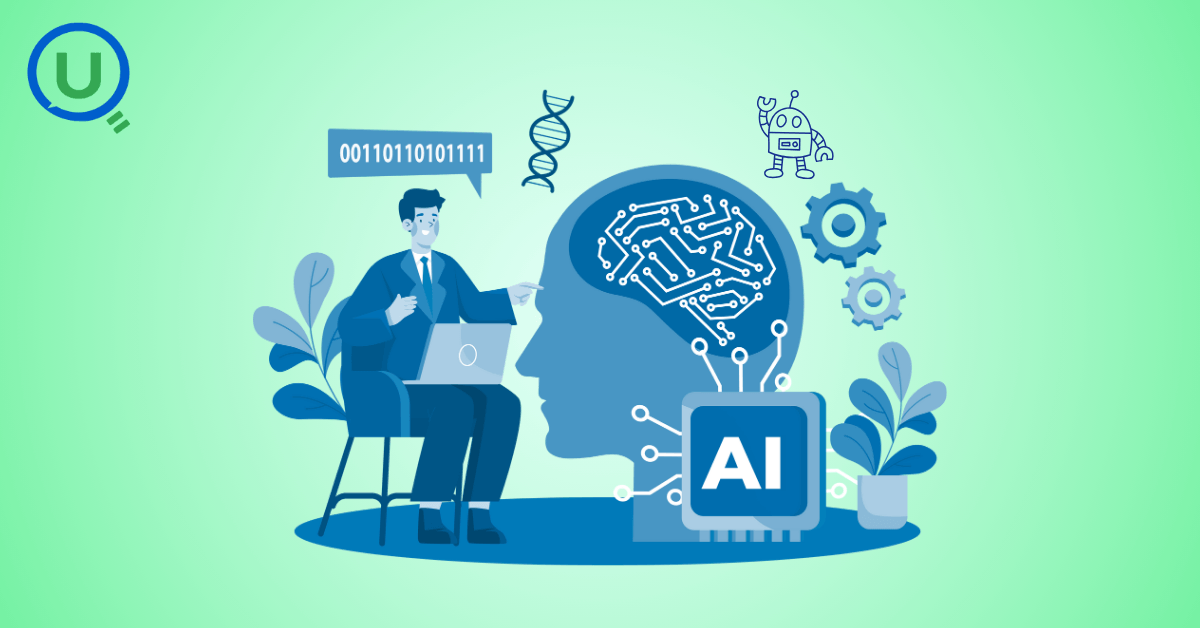
Teaching a Robot to Recognize Pastries with Neural Networks and artificial intelligence (AI)

Streamlining Storage Management for E-commerce Business by exploring Flat vs. Hierarchical Systems

Understand the circumstances which force organizations to start thinking about migration their business to cloud
